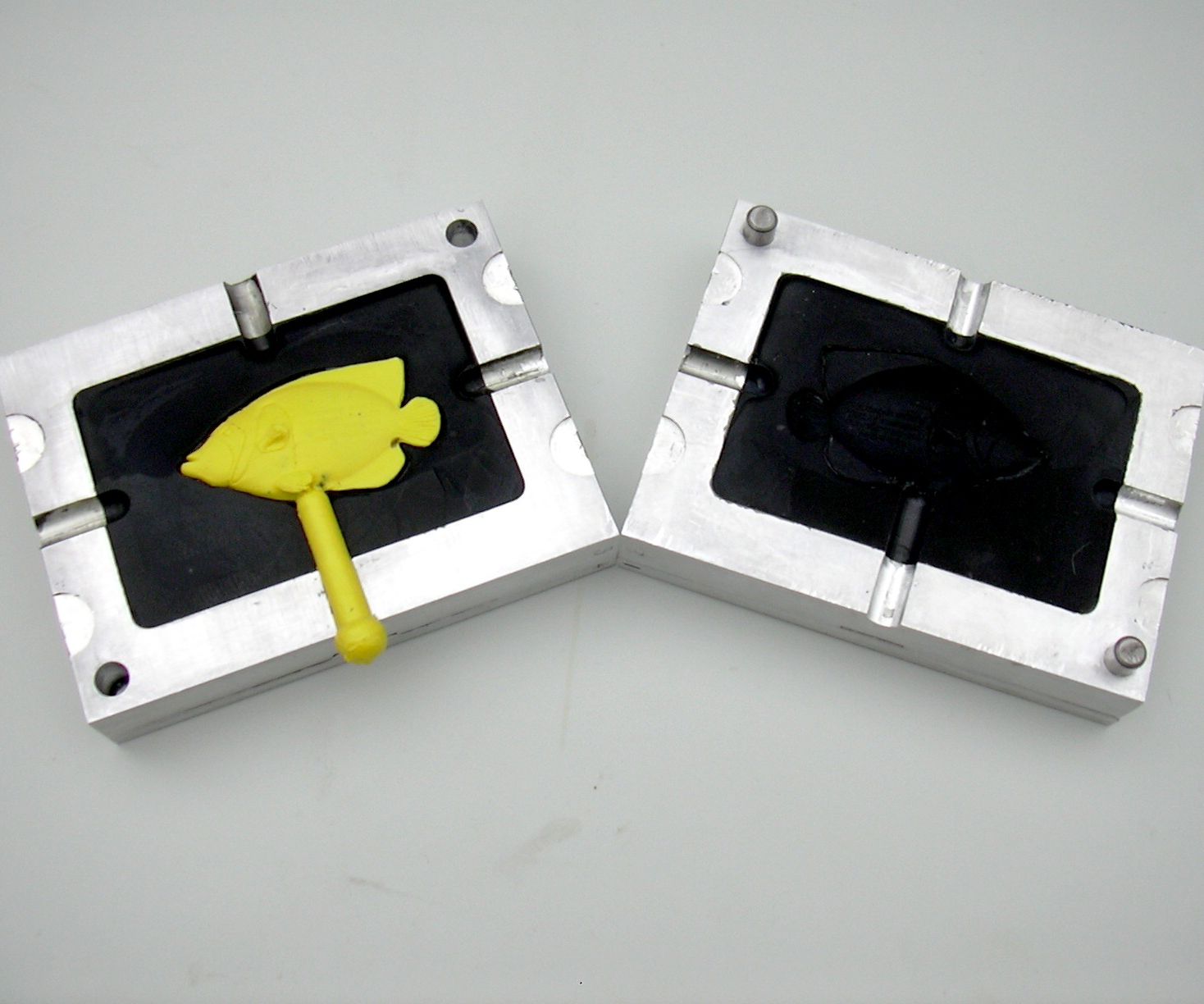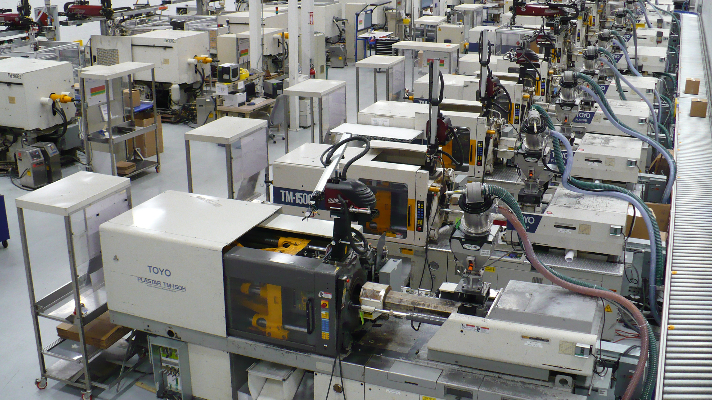Understanding the Basics of Plastic Shot Molding Procedures
Plastic shot molding serves as a keystone of modern manufacturing, offering a methodical approach to producing complex parts with accuracy. This procedure not only encompasses the fundamental steps of melting and infusing products right into molds but additionally involves a nuanced understanding of numerous affecting variables, such as temperature level and stress. As markets progressively require effectiveness and high quality, the complexities of this methodology end up being extra important. Exploring these essential aspects can disclose exactly how even minor modifications can cause substantial improvements in manufacturing results, increasing concerns concerning the capacity for advancement in this established process.
What Is Plastic Shot Molding?
Plastic shot molding is an extensively used production procedure that changes polycarbonate and thermosetting products into exact and complicated forms. This strategy is preferred for its capability to produce high quantities of the same components with outstanding precision, making it an important technique in various markets, including vehicle, durable goods, and medical tools.
The process includes thawing the chosen plastic material and infusing it into a mold under high stress. The mold and mildew, made to the specs of the desired component, enables the liquified plastic to materialize as it cools down and solidifies. Once the material has actually solidified, the mold and mildew is opened up, and the finished part is ejected.
Plastic injection molding supplies a number of benefits, consisting of decreased waste, uniformity in manufacturing, and the ability to include complex designs that might be testing with other making approaches. In addition, it supports a wide series of materials, each providing special buildings that can be customized for certain applications. As markets continue to introduce, plastic shot molding stays at the center, enabling the growth of sophisticated items that satisfy progressing customer needs.
The Injection Molding Process
The injection molding procedure is an advanced method that entails numerous vital phases to produce top notch plastic parts. Originally, plastic pellets are fed into a warmed barrel where they are thawed into a thick fluid. This molten plastic is after that injected under high stress right into a precision-engineered mold and mildew, which forms the material right into the preferred type.
When the mold and mildew is filled, the plastic is allowed to solidify and cool down, taking the shape of the mold cavity. Cooling time is vital, as it affects the cycle time and the last properties of the molded part. After enough air conditioning, the mold and mildew opens, and the finished part is expelled utilizing ejector pins.

Products Made Use Of in Injection Molding
Different products can be made use of in the shot molding procedure, each offering one-of-a-kind homes that satisfy specific applications. The most typically used materials include thermoplastics, thermosetting plastics, and elastomers.

Thermosetting plastics, like epoxy and phenolic resins, undergo a chemical change throughout the curing procedure, resulting in a rigid, stringent framework. These products are suitable for applications calling for high warm resistance and architectural integrity, commonly utilized in electrical insulators and automotive useful site components.
Elastomers, including silicone and rubber-based products, offer versatility and strength. Their distinct homes make them appropriate for applications that demand flexibility, such as seals and gaskets.
Additionally, specialized products like bio-based plastics and composites are obtaining traction for their ecological advantages and enhanced performance characteristics, broadening the scope of injection molding applications in numerous sectors. Recognizing the properties of these materials is vital for selecting the appropriate kind for specific projects.
Advantages of Shot Molding
Shot molding attracts attention as a highly efficient manufacturing procedure that supplies various benefits for generating intricate get rid of precision. One click to read of the most considerable benefits is the capability to develop detailed styles that would certainly be difficult or difficult to achieve with various other approaches (Plastic Injection Molding). The process enables for tight tolerances and thorough attributes, ensuring high-quality elements
Furthermore, injection molding is understood for its rapid production capabilities, making it an ideal option for high-volume manufacturing. When the mold and mildew is developed, parts can be produced swiftly, lowering lead times and increasing general efficiency. This efficiency not only reduces manufacturing expenses but additionally gives an one-upmanship in the marketplace.
The adaptability of products used in injection molding further boosts its charm. A broad range of thermoplastics and thermosetting polymers can be utilized, allowing suppliers to select materials that ideal meet their particular demands, including strength, versatility, and warmth resistance.
Furthermore, the process reduces waste, as excess product can frequently be recycled and reused. This sustainability facet contributes to a decreased environmental influence, making shot molding a responsible production option. In general, the benefits of shot molding make it a favored technique for lots of markets.
Aspects Impacting Product High Quality
While various aspects can influence item quality in injection molding, recognizing these aspects is important for accomplishing optimal outcomes. Secret aspects include material selection, processing parameters, and mold and mildew design.
Material choice plays an important role, as different polymers display unique buildings that affect flowability, strength, and thermal stability. Poor material option his response can result in flaws such as bending or incomplete dental filling.
Handling parameters, consisting of cycle, pressure, and temperature time, should be diligently regulated. Variants in these settings can cause incongruities partly dimensions and surface finish. As an example, exceedingly heats might create degradation of the polymer, while insufficient pressure can cause short shots.
Mold style is similarly essential, as it determines the flow of the molten plastic and the cooling process. Badly made molds might bring about uneven cooling prices, causing dimensional mistakes and recurring stresses.

Verdict
Finally, plastic shot molding acts as a crucial manufacturing process that allows the reliable manufacturing of premium elements. Mastery of the shot molding process, consisting of the understanding of materials and the influence of numerous variables on product top quality, is crucial for accomplishing optimal results. The benefits of this method, such as cost-effectiveness and layout versatility, more highlight its significance throughout numerous markets, strengthening its standing as a preferred selection for high-volume manufacturing.
Plastic shot molding serves as a foundation of contemporary production, offering a systematic method to generating intricate components with precision.Plastic shot molding supplies numerous advantages, consisting of minimized waste, consistency in manufacturing, and the capability to integrate complex designs that might be challenging with various other producing approaches (Plastic Injection Molding). As sectors continue to introduce, plastic injection molding continues to be at the leading edge, allowing the advancement of sophisticated items that satisfy advancing customer needs
The injection molding process is an innovative strategy that entails numerous essential stages to produce top quality plastic components.In conclusion, plastic shot molding serves as an important production process that makes it possible for the effective manufacturing of high-grade components.